Let’s take a closer look at the Devenez Leader method:
Defining the needs and expectations of internal and external customers
Most customers will have requirements that revolve around the same themes: the level of service (time and quantity), the quality (right the first time) of the products or services and the quality of the relationship (rapid and complete response to their expectations). It is a matter of defining them well after having conducted a series of customer interviews to understand what they value most and which will allow you to maintain and expand your business with them.
Setting up clear measures and objectives in relation to these customer expectations
It is a question of finding the right indicators that will allow you to motivate your team members and to mobilize them over a given period of time. We will apply the SMART method which says that a good KPI must be :
An example of a KPI that is not SMART on customer service:
“We will improve our customer deliveries by 50%”.
An example of a SMART KPI on the same customer service:
“The percentage of on-time and complete deliveries will increase from 80% in December 2020 to 90% in December 2021 (if achievable in 1 year of course)”
It is critical to involve team members in this process during one or two workshops and to sometimes challenge the nature of the measure, its definition and its frequency. If customers use a similar measure, we might as well align ourselves with them to avoid measuring apples and pears.
The importance of a measurement is that it makes us see what is necessary to improve and that it leads to real problem-solving actions to increase performance. So beware of too many measures and too much administrative burden to keep them up to date. It is better to have fewer measures and more actions.
Defining clear processes that will be critical to achieving customer objectives
Once the customer measures and objectives have been clarified, then the key processes that will help achieve them must be identified.
There are several strategies on this point:
- Either we measure a process as a whole
- Or we measure only the hard points of the process (bottleneck or quality loss for example) after having made a pareto of the causes.
For the example used above, we can for example choose the order preparation process in the warehouses which will be a good proxi – if this process does not work well then there is no possible improvement in customer measurements.


